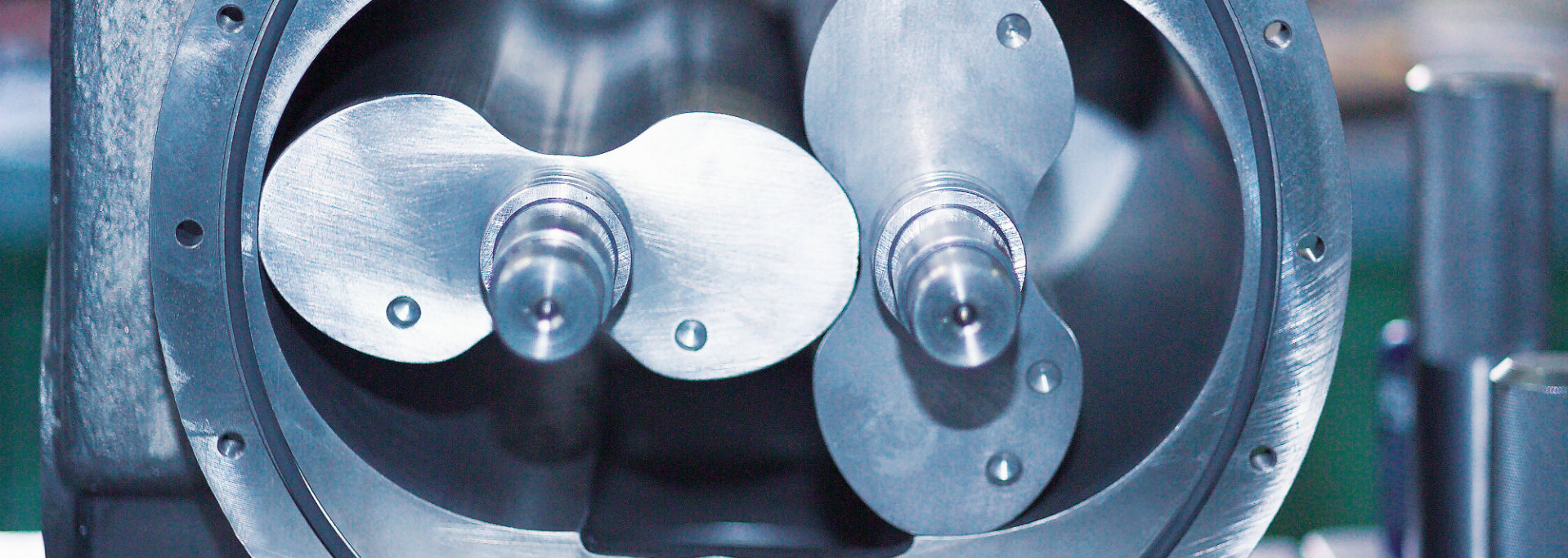
Vacuum Pumps upgrading and replacement.
May 6, 2021 4:45 pm
Vacuum pumps play a critical role throughout process and production, allowing for equipment to work to its maximum running efficiently in key industries.
In previous blogs we have looked at the different types of Vacuum Pumps and the necessity and importance of proper maintenance. Even with years of top-quality maintenance, there comes a time when units will need to be replaced or upgraded. This may be due to a required expansion of vacuum within the process, or a replacement for units when they reach the end of their service life.
One of the key questions customer raise, when looking at upgrading or replacing a vacuum unit or systems is always:
“What signs should we be looking for and what action needs to be taken to improve the vacuum system?”
Below are 5 key things to look for with your vacuum pumps:
Noise:
Vacuum pumps perform tough jobs and produce some noise as a matter of course. The noise produced can vary from unit to unit – some units such as the Elmo Rietschle V series are virtually noise free.
However, all pumps over time and through repetitive use, will gradually wear down through meaning the pump can become louder. Sometimes, extra noise can mean that there are pieces of debris stuck in the system and the filtration may need to be checked. More commonly a loud pump can often indicate that the bearings have worn and need to be replaced or lubricated.
It is important to note that excessive pump noise can be a sign off imminent failure in some part of the vacuum system. For example, if the pump’s bore has been worn down over time, the pump will likely make an unfamiliar noise. If your pump is noisy, locating where the excess noise is coming from is the first priority.
Poor suction & Reduced flow:
While issues related to excessive pump noise can sometimes be easy to pinpoint by ear, issues related to loss of suction power and reduced flow can be more difficult to diagnose.
A reduction in performance could indicate an issue with the entire system or one that relates specifically to the pump. Vacuum surges can sometimes be traced back to piping problems with the inlet line for instance, or the unit in place may not have the performance parameters needed to allow for maximum performance.
Reduced vacuum that is directly related to the pump will mean that you need to repair or replace the pump. Speaking to an industry professional from Harrier to discuss the application, pressure and flow needed will allow for the correct vacuum pump to specified.
Overheating:
If a pump is overheating, then it is important to check the flow of liquid into or out of the pump is not being restricted. Any restriction in fluid or potential build up can cause the pump to overwork and the motor to overheat. This can often lead to a motor replacement being needed, or a new pump to be installed due to the current unit being overworked.
Additionally, improper clearance could be slowing down the cooling process of the unit by not allowing for re circulation of colder air. Relief valves and filters should also be checked on a regular basis to make sure they are working efficiently, being replaced if not.
Leakage of fluid:
A leaking pump is an immediate red flag. Excessive pressure, temperature, or corrosion can loosen the seals and joints, allowing fluid to escape. It is important to monitor fluid/oil levels, making sure to look for signs of fluid discharge and mist venting from units, as well as the dis colouration of any leaking product.
Fixing a leaking pump can be as simple as replacing the mechanical seal or gasket, but a new unit may be needed if the problem persists, or the unit is past repair.
Vibration:
Any vacuum pump and its system should be operating at a consistent speed and noise level. Intermittent changes in vibration and noise levels can indicate that the vacuum system needs to be inspected and serviced before the problem gets larger, potentially causing production downtime.
Constant, excessive vibration may require a professional diagnosis from a Harrier engineer before repairing or replacing the vacuum pump. It could be as simple as loose pipework connectors, or it may be something internal to the pump.
If your vacuum pump is showing any signs of the above or your system is suffering from a lack of performance, the best solution for a quick diagnosis would be to undertake a Free Vacuum health check from Harrier Pneumatics. This will allow for one of our trained engineers to examine best fit solutions to your application as well as technical and spares advice.
Breakdown prevention is always much less disruptive or expensive than any cure, so acting at the first signs of something unusual in your vacuum, or other parts of your compressed air system can save time and money.
Get in touch to book your FREE Vacuum health check.
Tags: Pump, VacuumCategorised in: Maintenance, Vacuum Pumps
This post was written by Harrier Pneumatics




